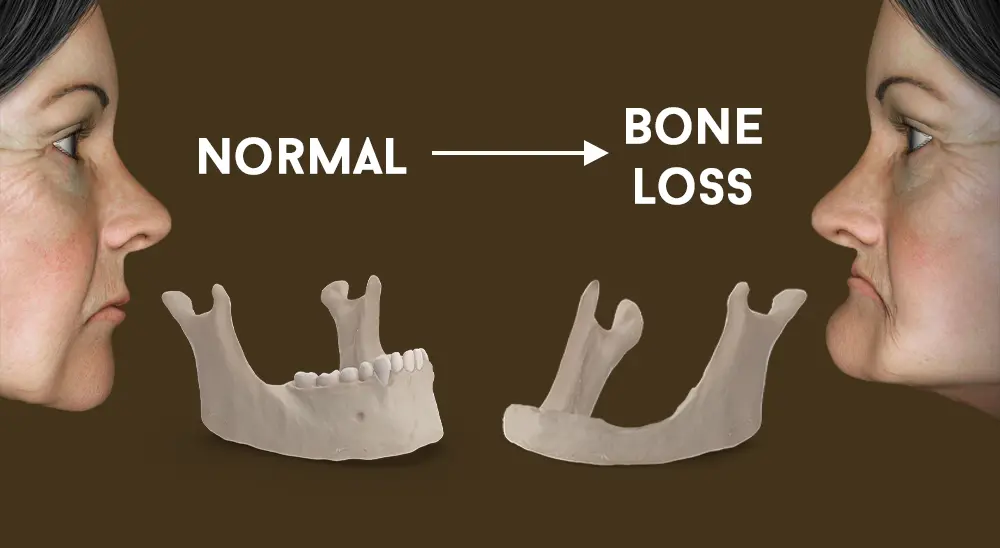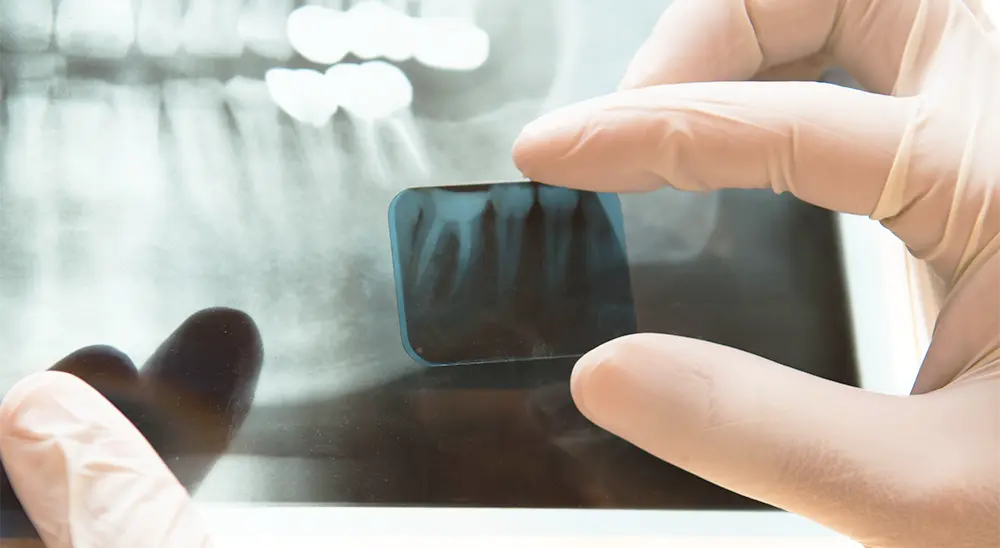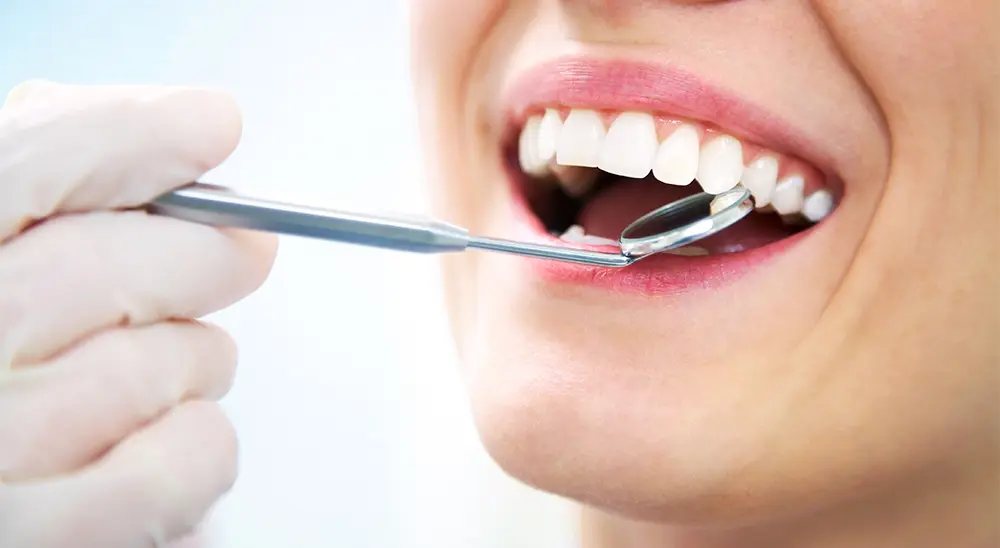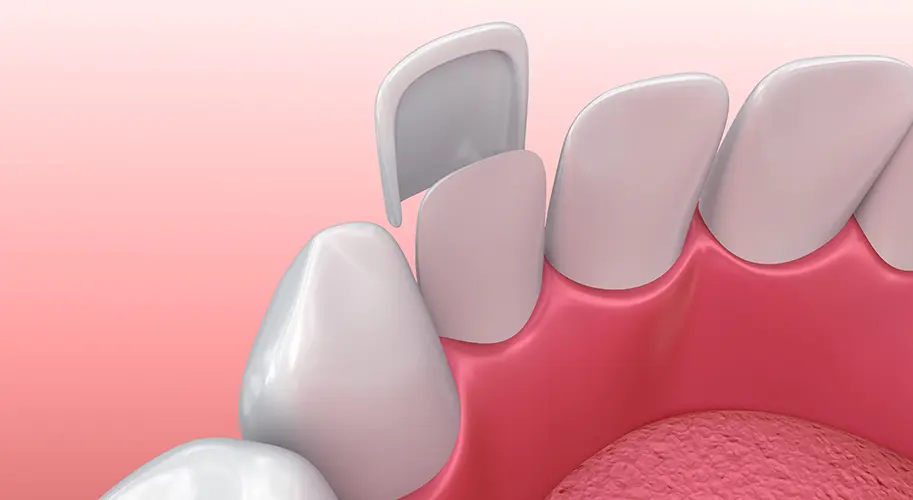
Lack of bone for placing dental implants. Can we help you?
How is it possible to place dental implants when there is a moderate or severe bone atrophy?
We often receive inquiries, related to the amount of bone required to complete a procedure of placing dental implants. In most cases, the patient has tried several other options, but the results have been unsatisfactory.
An interesting fact is, they directly ask us whether we perform manipulations of bone augmentation, as they believe this is the only way for them to have dental implants placed, in cases of moderate or severe bone atrophy. You can find out our answer to this in the following lines.
We will begin with the good news! In NuriDent we can help you, not only if you have moderate bone atrophy, but also if you suffer from severe bone atrophy, and all this can be done in the space of 3 days.
What are basal implants and how do they differ from classical (crestal) dental implant?
There are two types of dental implants, in regard to when the finished prosthetic construction has to be placed and respectively when the actual implants are placed- with postponed and immediate loading.
In the last years, the treatment of basal implants stands out as a reliable strategy, with wide indications and almost unlimited possibilities. Through them, you can restore the missing of one tooth or more teeth. Thanks to the implants, more than 95% of the cases can be treated, which beforehand were solved by wearing prostheses.
Basal means ‘foundational’, meaning the basal implant is placed in the core of the jawbone, in comparison to standard (crestal) implants, which are placed in the upper (crestal) parts (alveolar ridge). Basal implants are one part, in comparison to classical, they are also placed immediately after the placing of the actual implant, and this is one of the advantages of this system.
Why you are NOT in need of bone augmentation, before starting the procedure of placing basal implants?
After extraction of one/a few or all the teeth, a natural process of remodelling of the soft and hard dental tissues begins. The most common resorption or ‘melting’ of the alveolar ridge affects the spongiosa, meaning the bone in the ‘crestal‘(classical) dental implants. Due to this reason, often the patient is required to be placed under additional surgical procedures for bone augmentation (this includes all surgical manipulations, aiming to create enough bone quantity for placing the classical implants).
With basal implantology, the method is completely different. Except for this type of dental implants are one parted and they are placed immediately and are placed in the deep bone layer (cortical), which makes it the most suitable option for patients with moderate to severe bone atrophy of the jaw (bone deficiency). Besides this, from the moment of implanting, until the moment of placing the metal-ceramic completed construction (the new teeth of the patient), only three days pass, which makes it a perfect choice for patients, who quickly want to restore their masticatory function.
Basal implants are suitable for patients with severe and incurable practical periodontitis, also for people who suffer from diabetes, smokers, and patients with high blood pressure.
To arrange your appointment for a consultation, please click here








